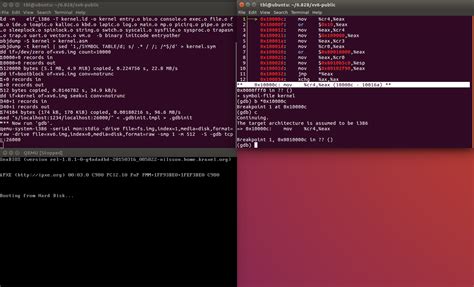In the world of computing education, the xv6 operating system stands as a cornerstone for teaching the fundamentals of Unix-like systems. Developed by professors at MIT, xv6 has become an indispensable tool in classrooms worldwide. It offers a simplified version of Unix Version 6 (V6), showcasing the core principles of operating system design and implementation in a manageable and understandable format. Many students who have taken courses utilizing xv6 speak highly of its clarity and educational value. The system’s simplicity does not detract from its pedagogical power; instead, it enhances it by allowing students to dive deeply into the mechanics without being overwhelmed by complexity.
One of the primary benefits of using xv6 in educational settings is its practicality. Students aren’t just reading about operating systems; they’re building and modifying one. One former student commented that working on a scheduler project for xv6 was instrumental in grasping how different components of an operating system interact. This hands-on approach is crucial for students who wish to understand the intricacies of OS development. Xv6 removes layers of abstraction that more modern systems might have, laying bare the essential elements that form the bedrock of any operating system. In this way, students develop a foundational understanding that is broadly applicable across various computing platforms.
Despite its age and simplicity, xv6 remains highly adaptable. Some educators and learners have experimented with running the system on different hardware, such as the BeagleBone Black and Raspberry Pi. These efforts often require additional tweaking and customizations, but they serve as excellent learning exercises in their own right. For example, links such as [Ultibo](https://ultibo.org/) introduce a bare-metal Free Pascal environment for Raspberry Pi, extending the learning experience to more advanced topics such as embedded systems. This adaptability ensures that the system remains relevant and engaging for new generations of students and hobbyists.
The debate between using monolithic and microkernel architectures in educational settings often arises. Critics of teaching with a monolithic kernel like xv6 argue that it introduces students to outdated designs. However, defenders maintain that the simplicity and straightforwardness of xv6 make it an ideal teaching tool. The primary goal is not to build industry-ready operating systems but to understand the fundamental concepts clearly. One insightful comment pointed out that even though monolithic kernels might have limitations, their broad adoption in commercial systems means that they are crucial for understanding real-world software environments. Moreover, xv6’s design allows educators to teach concepts like scheduling, inter-process communication (IPC), and memory management effectively within a single semester.
In conclusion, xv6 serves as a powerful educational platform for aspiring systems developers. By focusing on core concepts and providing a hands-on, practical experience, it prepares students to tackle more complex systems and concepts in the future. The system’s adaptability to various hardware, coupled with its straightforward design, ensures its continued relevance in both academic and hobbyist circles. Whether you’re a student aiming to understand the building blocks of operating systems or an educator looking for a robust teaching tool, xv6 offers a unique and valuable experience. So, for anyone interested in diving into the world of operating systems, xv6 presents a timeless learning opportunity that bridges the gap between theoretical knowledge and practical skills.


Leave a Reply